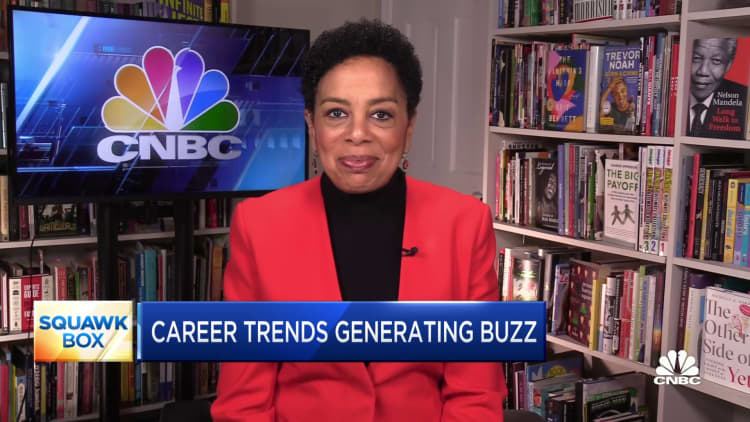Designer491 | Istock | Getty Images
If you’re eager to boost your retirement savings, there’s good news for 2023: higher 401(k) contribution limits. And now is the time to adjust your deferrals, financial experts say.
You can funnel $22,500 into your 401(k), 403(b) and other such plans for 2023, up from the $20,500 limit in 2022. Employees 50 and older can contribute an extra $7,500, up from $6,500 in 2022.
In 2021, roughly 14% of investors maxed out employee deferrals, according to 2022 estimates from Vanguard, based on 1,700 plans and nearly 5 million participants.
More from Personal Finance:
5 tax and investment changes could boost your 2023 finances
These states will raise their minimum wage in 2023
Tips to help you build more emergency savings in the new year
“You’re smart to jump on this,” said certified financial planner Catherine Valega, founder of Green Bee Advisory in Boston. “Most people set [401(k) contributions] once and never look back.”
If you aim to max out 401(k) contributions for 2023, it may pay off to start early, as spreading it out may be easier than contributing more later in the year.
And more time in the market may offer more growth potential, said Marguerita Cheng, a Gaithersburg, Maryland-based CFP and CEO of Blue Ocean Global Wealth.
“The sooner you can increase your contributions, the sooner you can have your money working for you,” said Cheng, who is also a member of CNBC’s Advisor Council.

Get to know your 401(k) match before front-loading
Higher earners may also consider front-loading 401(k) contributions to reach the deferral limit before year-end.
For example, if you receive an October bonus, you may front-load 401(k) contributions to max out the plan, freeing up more take-home pay for November and December.
Before maxing out the plan early, however, you need to know how your 401(k) match works, Valega said. Many companies only kick in matching funds when you defer part of your paycheck.
The sooner you can increase your contributions, the sooner you can have your money working for you.
Marguerita Cheng
CEO and co-founder of Blue Ocean Global Wealth
In that case, you won’t receive the full employer match unless you make 401(k) contributions every pay period.
However, other plans have what’s known as a “true-up,” meaning the company calculates the 401(k) match on an annual basis rather than every pay period.
“It means they don’t really care when you put in your money,” Valega explained. “They will make sure that you get the full match at the end of the year.”
You can learn more about your match by checking your 401(k) summary plan description, which covers how the account works, or reviewing the document with a financial advisor.
When to limit 401(k) contributions
While maxing out 401(k) contributions is a lofty goal, there are reasons why you may decide to limit deferrals after receiving the full company match.
“This, of course, may vary depending on goals,” said Marianela Collado, a CFP and CPA at Tobias Financial Advisors in Plantation, Florida.
For example, if you’re saving for a down payment for a home, you may temporarily reroute funds to meet your short-term goal, she said.
Likewise, if you’re sitting on high-interest credit card debt or don’t have an emergency fund, you may allocate money elsewhere before increasing 401(k) deferrals.
 EU News Digest Latest News & Updates
EU News Digest Latest News & Updates



